Introduction
Honey, a natural sweetener derived from the nectar of flowers by bees, has been cherished for its unique taste, nutritional benefits, and medicinal properties for centuries. From its use as a sweetener in culinary delights to its application in traditional remedies, honey holds a special place in human culture and diet. However, with the proliferation of honey products in the market, discerning the quality of honey has become a challenge for consumers. This guide aims to provide a comprehensive understanding of how to distinguish between high-quality honey and inferior or adulterated products, ensuring that you make an informed choice when purchasing this golden elixir.
Understanding the Basics of Honey Production
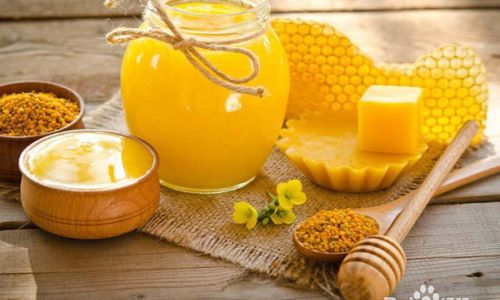
Before diving into the specifics of quality assessment, it’s crucial to understand the basics of honey production. Bees collect nectar from flowers, store it in their honeycombs, and through a complex process of regurgitation and evaporation, transform it into honey. This natural process results in a sweet, viscous liquid that varies in color, flavor, and texture depending on the floral sources and regional conditions.
Pure honey contains a blend of sugars (primarily glucose and fructose), trace minerals, vitamins, enzymes, and antioxidants. These components contribute to honey’s unique taste profile and health benefits. However, the quality of honey can be compromised by various factors, including contamination, adulteration, and improper storage.
Visual Inspection: A First Glance at Quality
One of the simplest yet effective methods to assess honey quality is through visual inspection. Here are some key indicators to look for:
Color: Honey’s color can range from light amber to dark brown, depending on the floral source. Darker honeys tend to have a stronger flavor profile. However, color alone is not a definitive indicator of quality. What’s more important is the consistency and uniformity of color throughout the jar.
Clarity: Pure honey may have a slightly granular texture due to natural sugar crystals, but it should appear relatively clear with minimal impurities. Cloudy or murky honey could indicate contamination or poor processing.
Consistency: High-quality honey should have a smooth, viscous texture. When poured, it should form slow, steady drips. Runny or overly thick honey may suggest adulteration or improper storage.
Bubbles: Fresh honey may have tiny bubbles on its surface, which are a natural result of the bees’ activity. However, excessive bubbling or foam could indicate fermentation, a sign of poor quality.
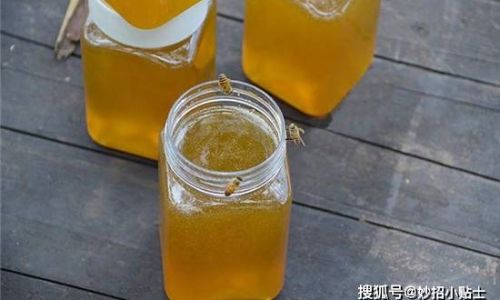
Checking for Purity and Authenticity
Beyond visual inspection, several tests can help verify honey’s purity and authenticity:
Water Content Test: Honey’s water content is a critical indicator of its quality. Pure honey has a low moisture content, typically below 18%. Higher water content can lead to fermentation and spoilage. To test water content, place a drop of honey on a piece of paper. Pure honey should form a bead that doesn’t spread out immediately.
Specific Gravity Test: This test measures honey’s density compared to water. Pure honey has a higher density than water. Using a hydrometer, you can determine if the honey’s specific gravity falls within the acceptable range for pure honey.
Antioxidant Activity: High-quality honey is rich in antioxidants, particularly phenolic compounds. These compounds contribute to honey’s health benefits and can be measured using spectrophotometric methods. Higher antioxidant activity generally indicates better quality.
Enzyme Levels: Enzymes such as diastase, which helps break down starches, are natural components of honey. Their presence indicates that the honey has undergone minimal processing. Enzyme levels can be tested using biochemical methods.
Taste and Aroma: While subjective, taste and aroma can provide valuable insights into honey’s quality. Pure honey should have a distinct, pleasant flavor and aroma that reflect its floral source. Artificial or off flavors, such as metallic or fermented tastes, are indicative of poor quality.
Identifying Signs of Adulteration
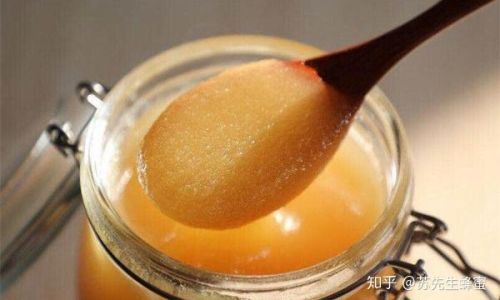
Adulteration is a common issue in the honey industry, where manufacturers may add sugars, syrups, or other ingredients to enhance sweetness or reduce costs. Here are some signs that honey may be adulterated:
Crystallization: While crystallization is a natural process in honey, rapid or excessive crystallization can indicate the presence of added sugars. Pure honey crystallizes slowly and uniformly.
High Viscosity: Unnaturally thick honey may contain additives like cornstarch or rice flour to increase its viscosity.
Uniform Color: If a jar of honey has an unusually uniform color with no variations, it may suggest blending of different batches or the use of coloring agents.
Artificial Sweeteners: Some manufacturers add artificial sweeteners like high-fructose corn syrup to boost sweetness. Testing for these additives requires specialized laboratory equipment.
Foreign Objects: The presence of foreign objects such as insects, dirt, or plastic particles is a clear sign of contamination and poor processing practices.
Considering the Source and Certification
Knowing the source of your honey can provide additional assurances of quality. Look for honey produced by reputable farmers or cooperatives that prioritize sustainable practices and ethical treatment of bees. Certified organic honey is another option, as it adheres to strict standards regarding production methods and ingredient sourcing.
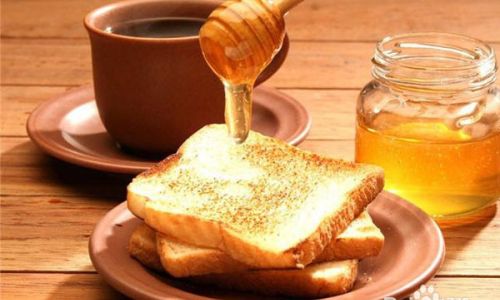
Labels and certifications, such as those from the USDA Organic Program or Fair Trade, can provide valuable information about the honey’s production process and ethical considerations. However, be wary of fraudulent labeling, and always verify the authenticity of certifications.
Storage and Shelf Life
Proper storage is crucial for maintaining honey’s quality. Store honey in a cool, dark place to prevent it from crystallizing rapidly or losing its flavor. Avoid exposing honey to direct sunlight or extreme temperatures, which can degrade its quality.
While honey has a long shelf life due to its high sugar content and low moisture level, its freshness and flavor can diminish over time. For optimal quality, consume honey within a year or two of purchase, especially if it’s unpasteurized.
Conclusion
Discerning the quality of honey requires a combination of visual inspection, purity tests, and understanding of potential adulteration signs. By paying attention to these factors, you can ensure that you’re purchasing high-quality honey that not only tastes great but also offers the numerous health benefits associated with this natural sweetener. Remember, knowledge is power when it comes to making informed choices about the food you consume. Happy honey hunting!
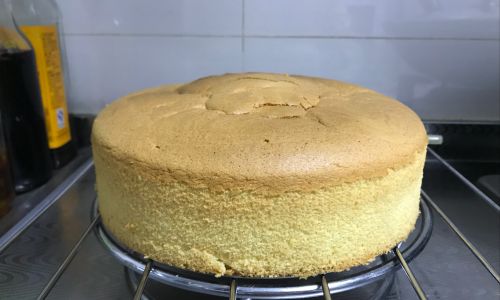


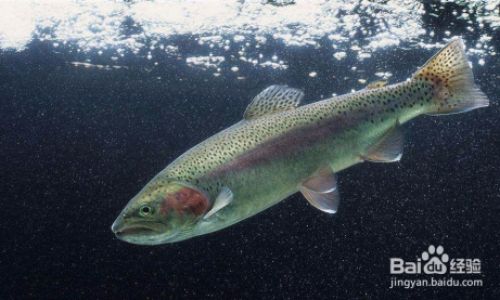
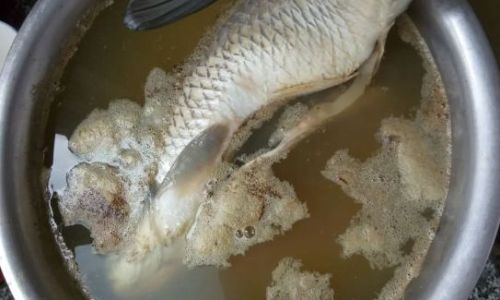
0 comments